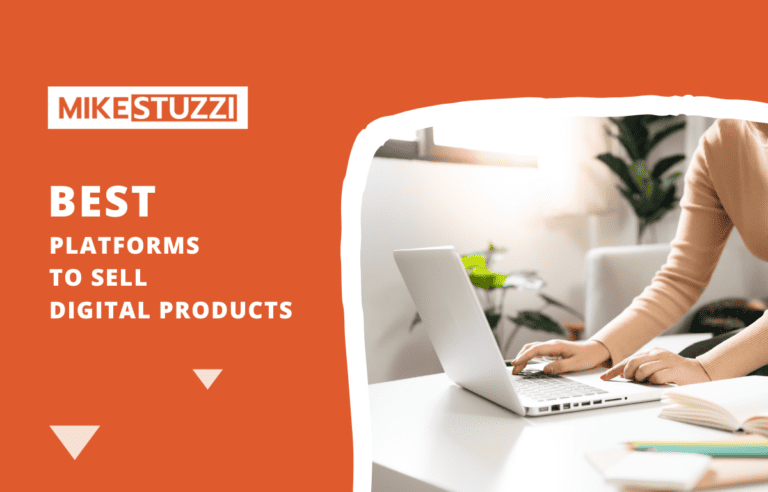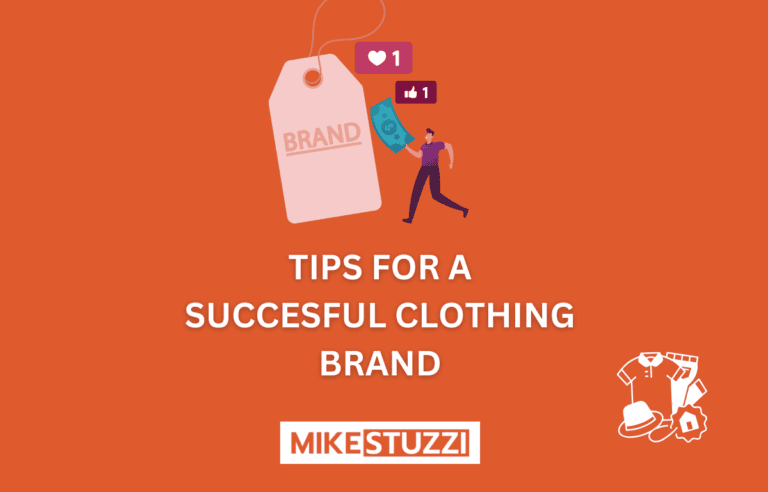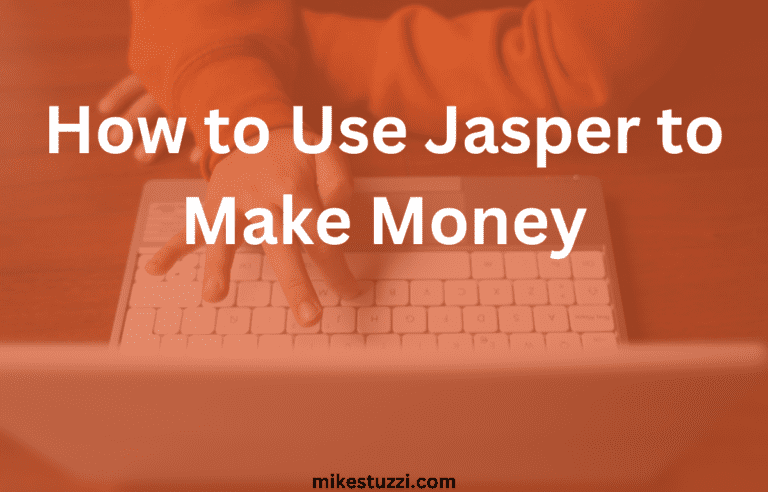Cómo crear una empresa de impresión por encargo en Internet (Guía)
In today’s digital era, commerce is advancing on several fronts, the introduction of e-commerce being one way through which it has reached greater heights lately. One most profitable kinds of Internet-based businesses nowadays involves online product selling on Print On Demand (POD) websites.
In print-on-demand, there exist several entrepreneurial opportunities, especially for those who are creative but don’t want to involve themselves with inventory management or order fulfillment. This article, therefore, will delve into proven ways to start your business using POD platforms, giving future business persons the necessary tools for success.
What Is Print-on-Demand Business?
Print-on-Demand (POD) business model enables individuals or small businesses to offer individualized products without having to store stock or manage production and delivery processes. This is similar to dropshipping whereby a merchant need not bother about storage, packing, and shipping of items.
Through print-on-demand business, a person who sells typically creates his or her artwork, which he or she uploads on different things including t-shirts, mugs, and phone cases, among others. You can either sign up on some of the best print-on-demand sites (or create your own business website as a (costlier) alternative).
When an order comes from a buyer, then all those processes such as printing, production, and shipping are done by the service provider only after taking the order.
Here’s how print-on-demand works:
- An artist or entrepreneur like the seller comes up with something unique and uploads artwork (design) to a platform such as Redbubble, Printful, o Teespring.
- A customer finds the art of the salesman on a given product (mockup) and then decides to buy a t-shirt or something else printed with that very art.
- This customer makes an order through the print-on-demand website owned by the platform or directly from the shop of the seller.
- So after receiving an order, it’s the work of the printing service provider to print the t-shirt design, making sure that it’s then shipped to the consumer.
- The seller receives a commission on that sale without having to stock any physical items, processing orders, printing, and shipping.
What’s great about the print-on-demand model is that it allows anyone to create their own online store for free without any costs associated with obtaining products first before they can even think about selling them off. If you are an artist who creates designs but doesn’t have funds for capital requirements, this could be a great approach – especially when taking into account such issues as owning something physical and figuring out what will be printed where.
Getting Started with Print-On-Demand
1. Identify Your Niche:
To get started with your business using print-on-demand services, it is important to have a niche market. Think of what makes you unique, then go for some research on possible niches that show sufficient demand but are not crowded as much.
Starting a profitable POD business requires finding a unique and lucrative niche. These steps will help you identify your niche:
- Evaluate your skills, interests, and passions: What are the subjects or activities you are passionate about or know much about? This would form an excellent starting point for finding a niche where you can thrive because it matches your abilities.
- Demanda del mercado de investigación: Google Trends, Amazon Best Sellers, and social media analytics are tools that can be utilized to know popular products and designs in different categories. Look for niches that have an audience but have low competition levels.
- Consider your target audience: Who will buy your products? By creating a persona of your ideal customer will narrow down which niche you need to concentrate on, thereby producing items tailored to their wants and preferences.
Now, some niche examples would be as follows:
- Crianza de los hijos: Make products meant for new parents, such as having motherhood-related quotes or photos on various products.
- Pet lovers: Produce original pet-themed items for dog owners or cat fanciers.
- Sports enthusiasts: Offer specialized garments and decorations for devotees of definite teams, sportsmen, or activities.
- Geek/Nerd culture: You could target topics such as geek subculture, gaming, comic books, or sci-fi.
- Seasonal and holiday-themed: Come up with items that speak directly about seasons, holidays, and events like Christmas Day and Halloween, among others.
Having narrowed down on what niche enables one to target specific groups more effectively than others. While at it, also remember that you shouldn’t pick a very specific topic because of your passion for it if there’s little demand (unless you’re okay with getting a handful of sales).
Carry on scrutinizing and experimenting with products until you locate those that will work best for niche customers.
2. Produce High-Quality Designs:
In the world of competitive e-commerce, a simple way to outshine other sellers is to create remarkably beautiful and top-notch designs for products. Here, the phrase ‘don’t judge a book by its cover is irrelevant’ as far as Internet shopping is concerned because the first impression customers get matters.
It‘s about coming up with designs that are not only attractive but also tell your brand story in ways that connect with the target market. It could entail finding an incredibly skilled graphic designer who understands where you are coming from.
If you have a knack for graphic design, then consider taking some courses online. There’s a need to invest time and resources into refining your abilities to make your designs look professional.
Again it is important to make sure the designs are versatile or multipurpose so that they can be printed on different item surfaces with ease. You should always aim for high-resolution designs that work for all sizes of products because no one wants loppy pixelated images in the present-day market.
3. Offer Various Items:
Every print-on-demand entrepreneur recognizes the fact that it is extremely difficult to scale up a company that specializes in one product only. Hence there’s the need to diversify products for consumers while still keeping branding consistent throughout all offerings.
So, it’s okay if you want to start a POD clothing store that for instance, specializes in women’s shirts. You can start there before expanding into dresses and other forms of clothing such as lingerie or jumpsuits as time goes on.
There are several examples of popular print-on-demand products, including:
- Apparel (t-shirts, hoodies, sweatshirts, etc.)
- Home items such as cups, mugs, and pillowcases
- Stationery and accessories like phone covers, notebooks, stickers, etc.
4. Quality is King:
When creating an online store nowadays, one of the most important things you can do to set your business apart is to laser-focus on quality – both in your products and your overall customer experience. Regardless of the kind of products one may be trying to sell, don’t be tempted to cut corners or compromise on quality.
Currently, customers are more conscious about what they consume than ever before. They always want the best products/services with no compromise at all times or else they move elsewhere with their money.
In order not to ruin brand loyalty or destroy its reputation, you should never deliver goods that are bad in quality. Using a POD website, you simply need to choose a printing company that offers good pricing (not the lowest) with great results (you can get samples and ask them to correct anything).
If you are working by yourself without a POD platform, be sure to invest in top-notch materials and manufacturing processes that will make up your products. It might just be pricier at first, but in the long run, that extra attention to quality will pay huge dividends.
Customers will appreciate the craftsmanship and care that goes into your offerings, and they’ll be much more likely to become repeat buyers and brand advocates.
This quality should extend throughout your business, not only confined to the actual product itself. Customer satisfaction must be met at each point of contact ranging from website user experience to speedy shipping and reliable delivery systems. Therefore, the more you present a smooth premium journey, the more trust and dependence customers will have on your brand.
5. Optimize Your Product Listings:
Consistently optimizing your product listings on your online store or print-on-demand websites is necessary for both sales and visibility. Create compelling descriptions with keywords buyers might use when searching for them online.
Also, these descriptions should evoke some emotions in potential consumers. You have to know that buyers aren’t just looking at your product listings but also those of dozens of other sellers, at any given time.
Additionally, ensure that the keywords you include in the description align well with or are popular across the POD website you’ve listed in. This way, it becomes easier for Internet users to locate what they want within the site.
If you take the SEO-friendly approach with your listings, it becomes much easier for potential customers visiting a website to come across some of your designs while browsing Google and also on the POD site.
6. Social Media Marketing:
To scale a business using POD platforms effectively, having a strong presence in social media cannot be underestimated. Through these platforms, customers can be reached directly, and you can interactively build relationships with them and convert them into buying.
The first step to take is to find out what social media sites most of your customers use heavily. These may include common ones such as Facebook, Instagram and Twitter.
Don’t overlook emerging ones like TikTok, among others, depending on your niche. Wherever online your target group congregates is where you should have a strong presence.
Once you have selected your ideal channels, it’s time to develop content that your followers will find intriguing. For instance; eye-catching pictures of products or services being sold on your page, behind-the-scenes look into how some things happen in the company, instructive videos.
It can even be just fun conversations about relevant stuff. What you have to avoid is creating a situation where people are just bombarded by adverts about your products.
Also, one can opt to partner with influencers or use ads that are geared toward reaching a majority of potential customers. Different ad creatives, offers, and audience segments should be tested to optimize for return on ad spend.
7. Monitor Customer Feedback:
When it comes to long-term success in print-on-demand (POD) business, closely monitoring as well as responding to customer feedback is important. This will help you improve products, refine your strategies, or give better customer service by listening earnestly to what buyers say.
It would be wise of you to treat both positive feedback and negative ones similarly. Positive reviews and comments can help validate that you’re on the right track and reinforce what’s working well.
However, negative feedback should not be avoided. It provides you with real opportunities to learn from. So, find those common pain points or discontent areas where there is dissatisfaction then use those details to make some changes.
Customer feedback may come through means such as e-mailing, social media platforms, and online reviews and ratings. It is upon you as a business owner or manager to choose where you should respond.
This will show customers that you care about their satisfaction and are actively involved in communication. A well-thought-out personalized message can be instrumental in building long-lasting relationships with customers which then translates into loyalty from them.
If, for instance, one customer expresses disappointment over quality issues on a certain product line; apologize first before offering either a refund or replacement option. Then, use the same information to better your purchasing methods or improve quality control measures for such kinds of products next time round.
Conclusión
The print-on-demand boom has entirely converted the e-commerce landscape to accommodate a perfect environment for entrepreneurs and artists starting successful enterprises. Now most costs like holding expensive stock, complex logistics, and high overheads are no longer inevitable.
To start with, print-on-demand has a lower barrier to entry than ever before. What’s necessary includes a good sense of design or aesthetics as well as learning digital marketing techniques plus engaging customers.
By partnering with authoritative print-on-demand service providers like Redbubble, Printful, or Teespring, you can tap their infrastructure, printing capacities, and fulfillment processes to make your unique products available through them, minus typical retail headaches.







